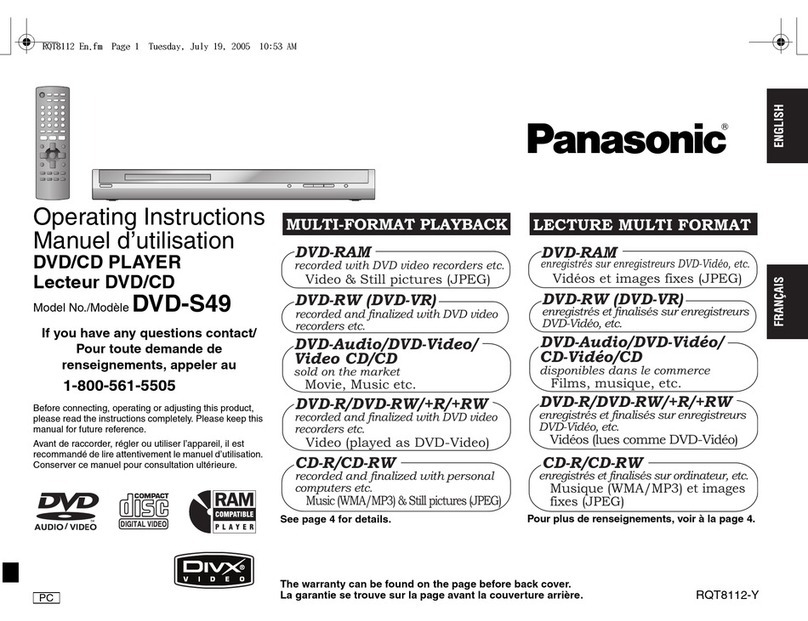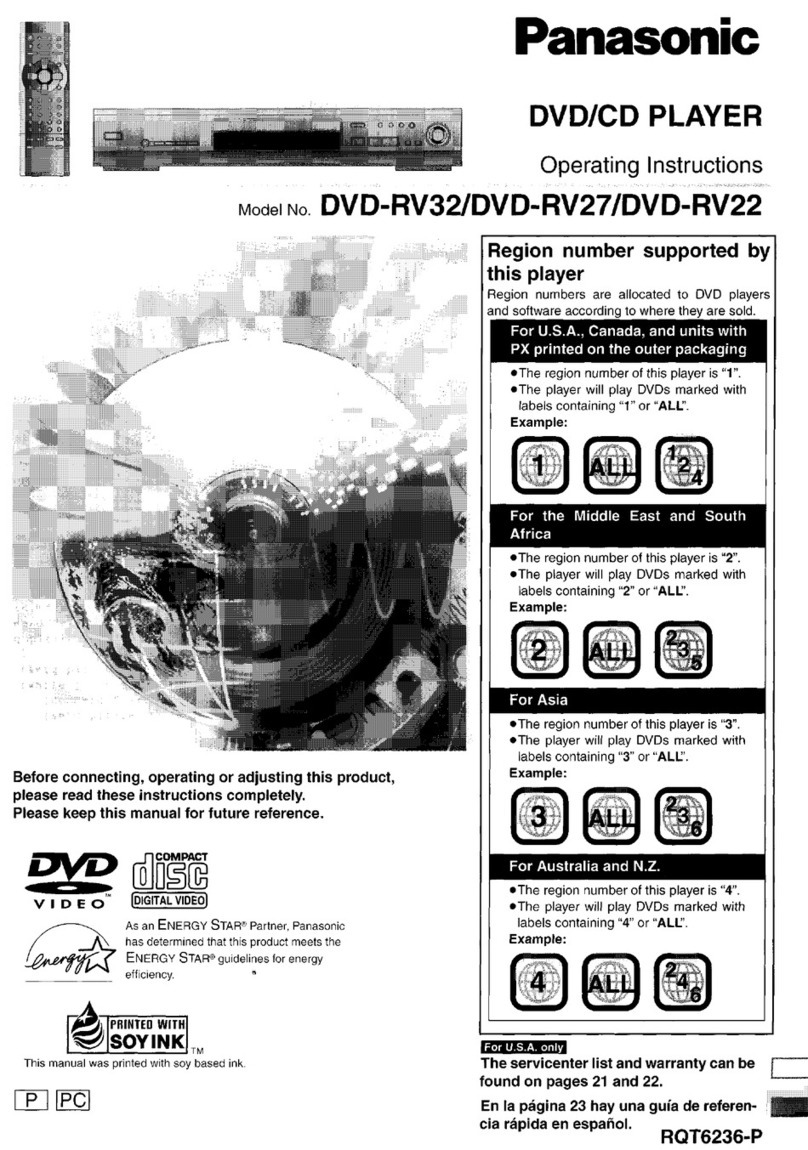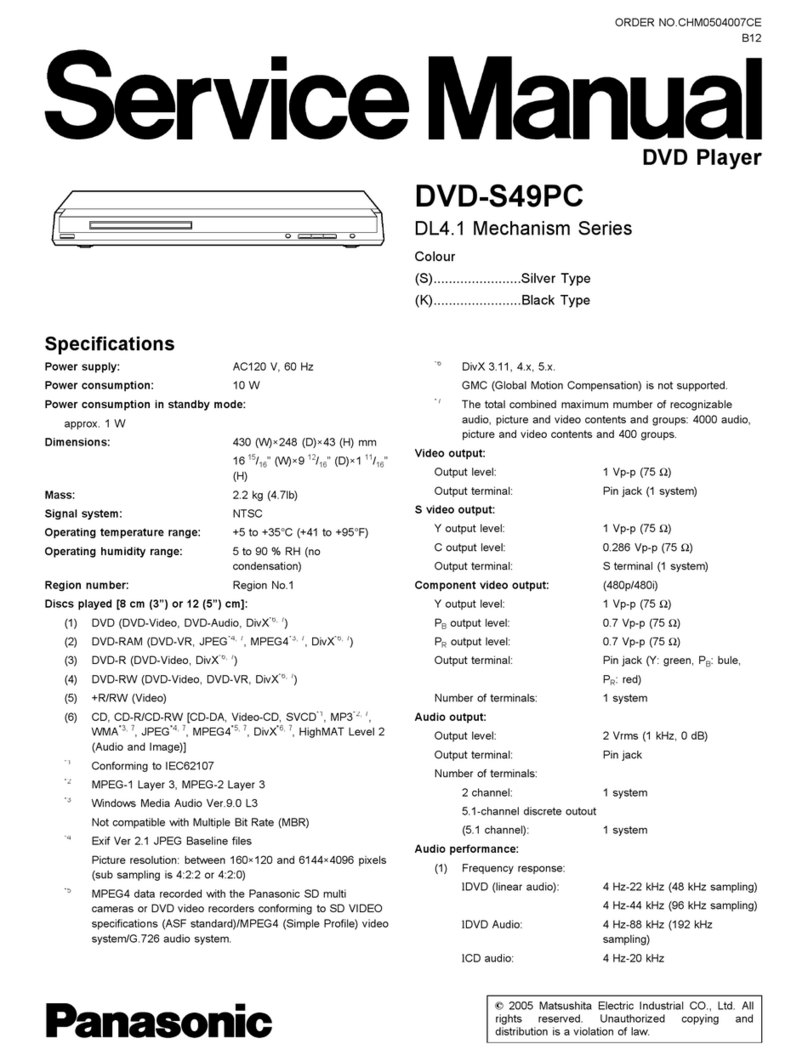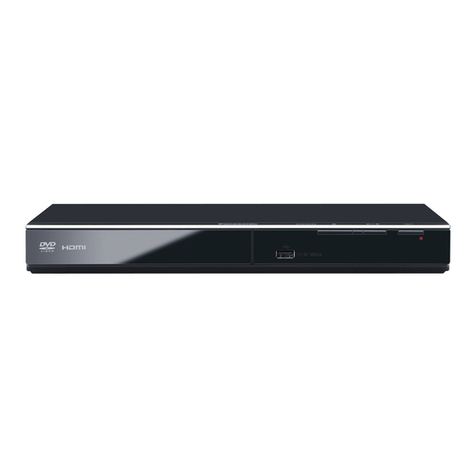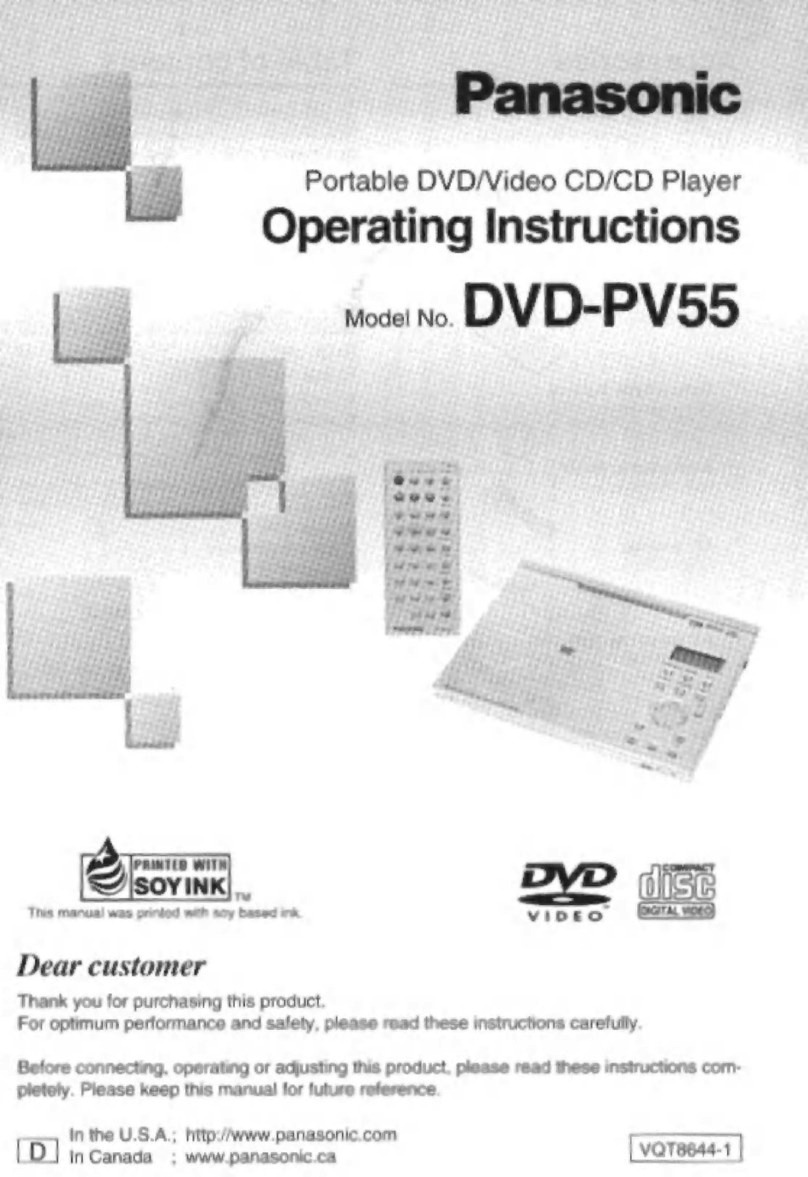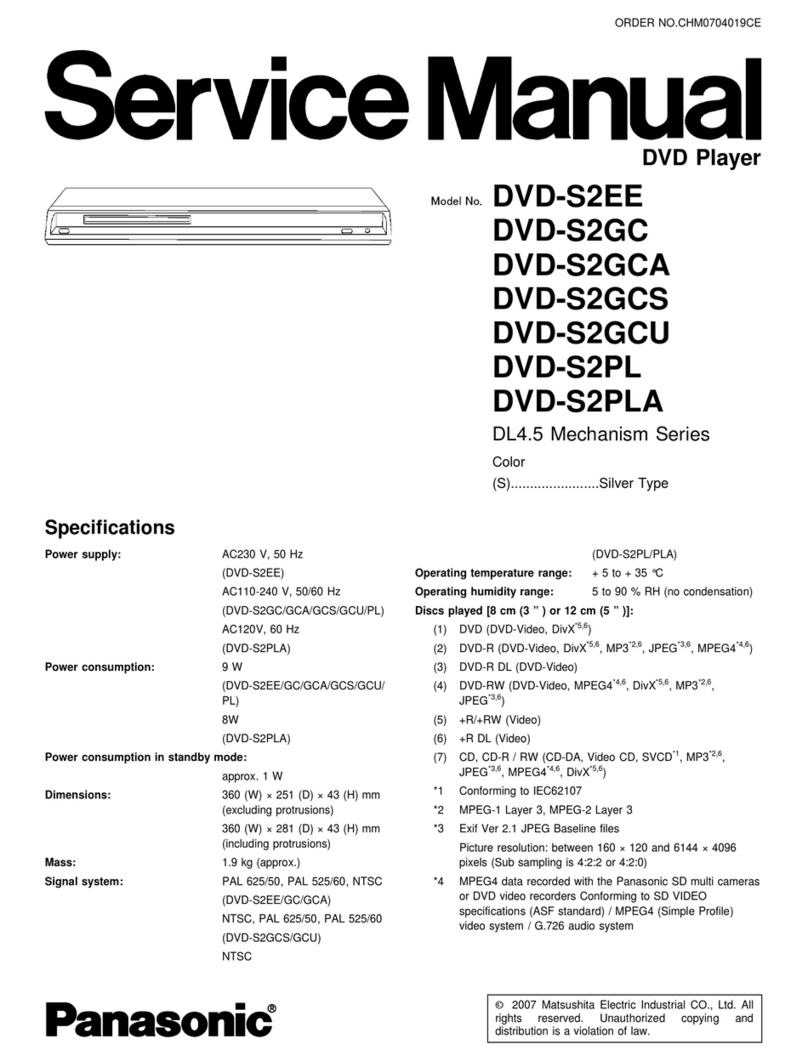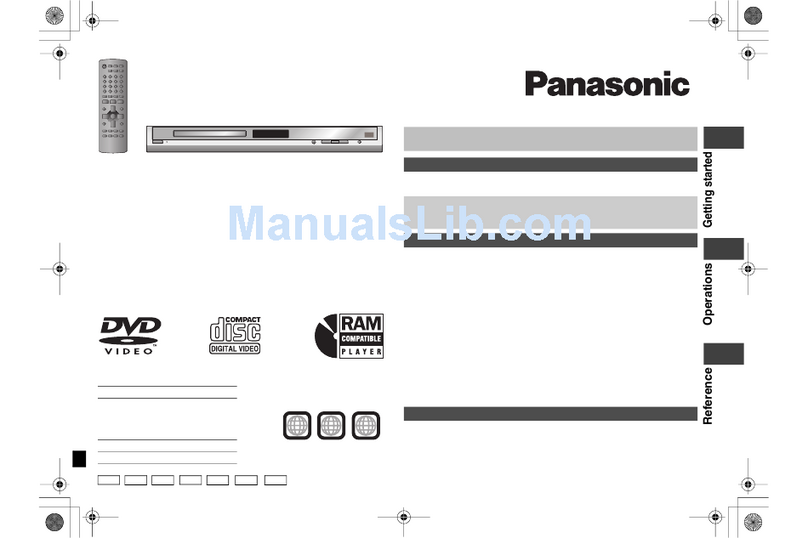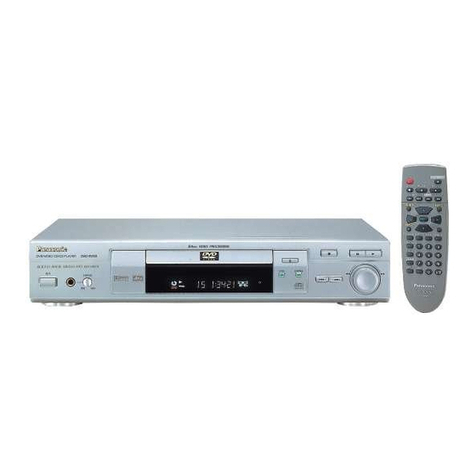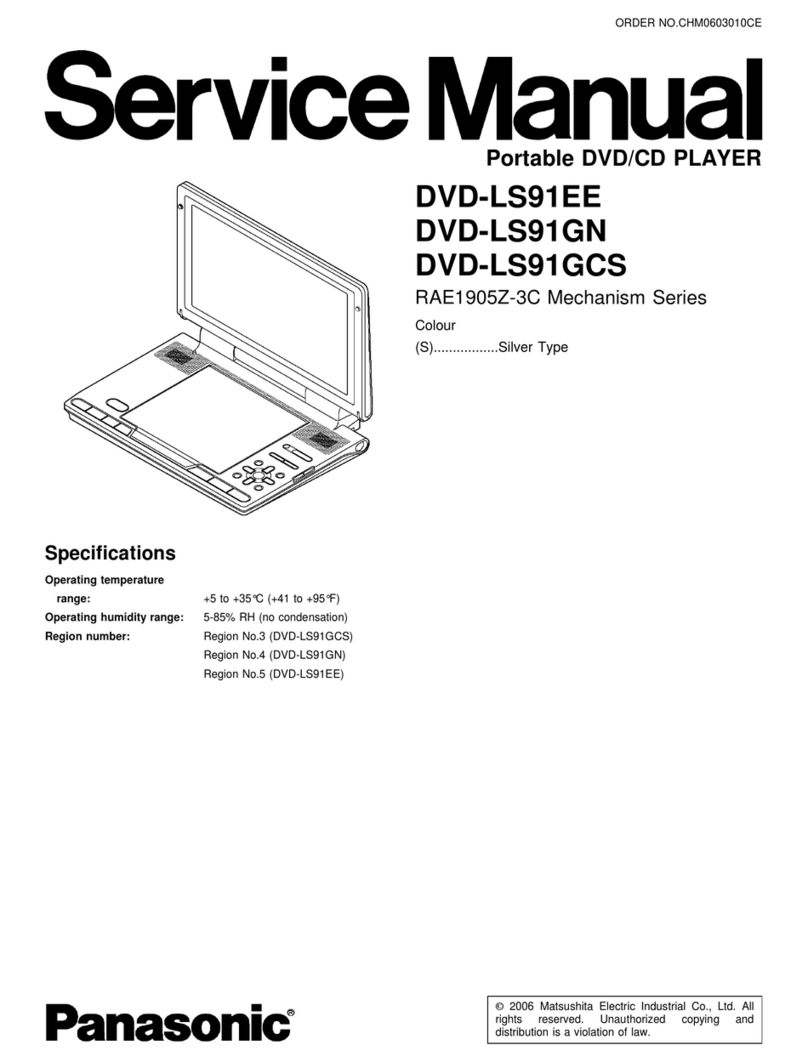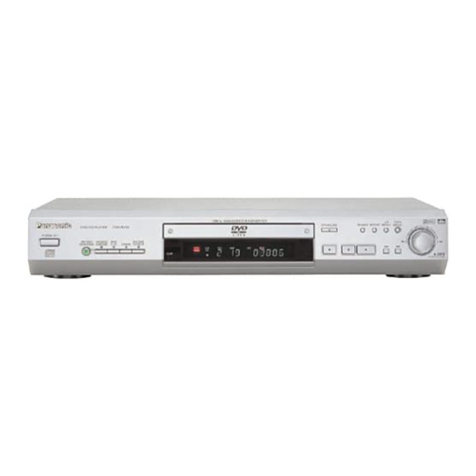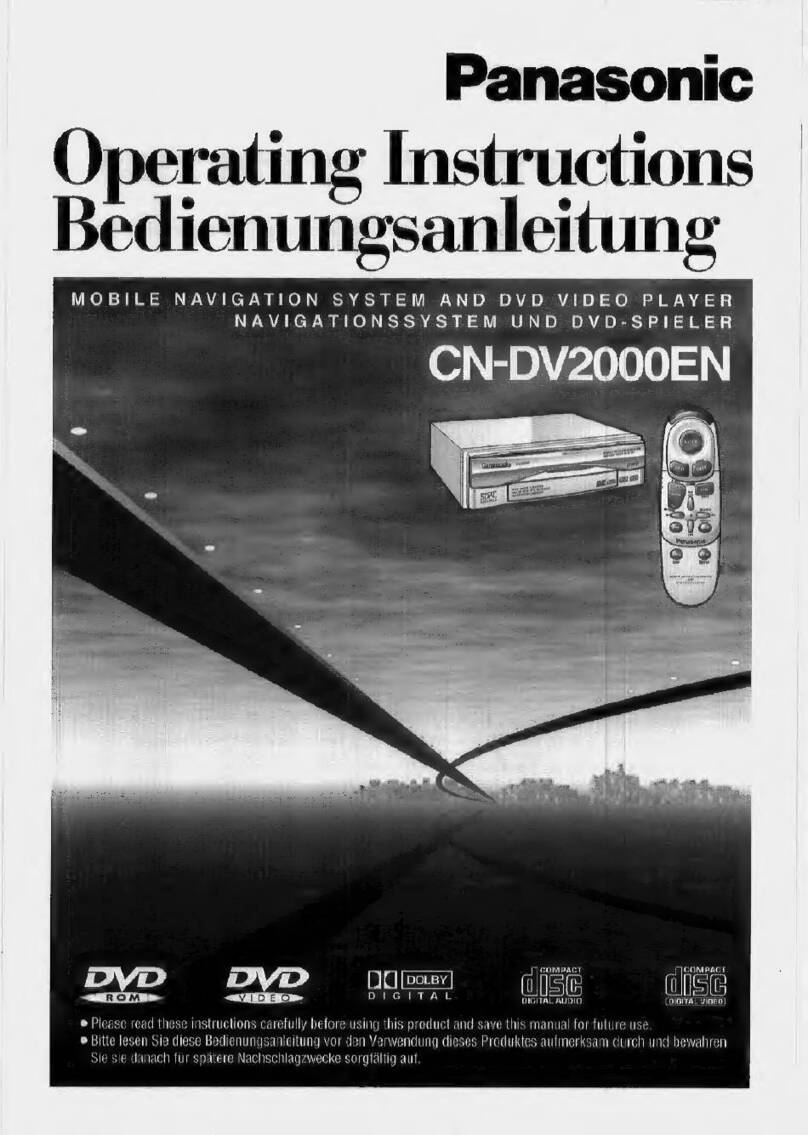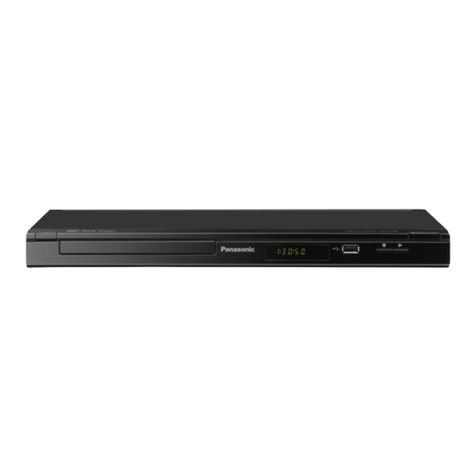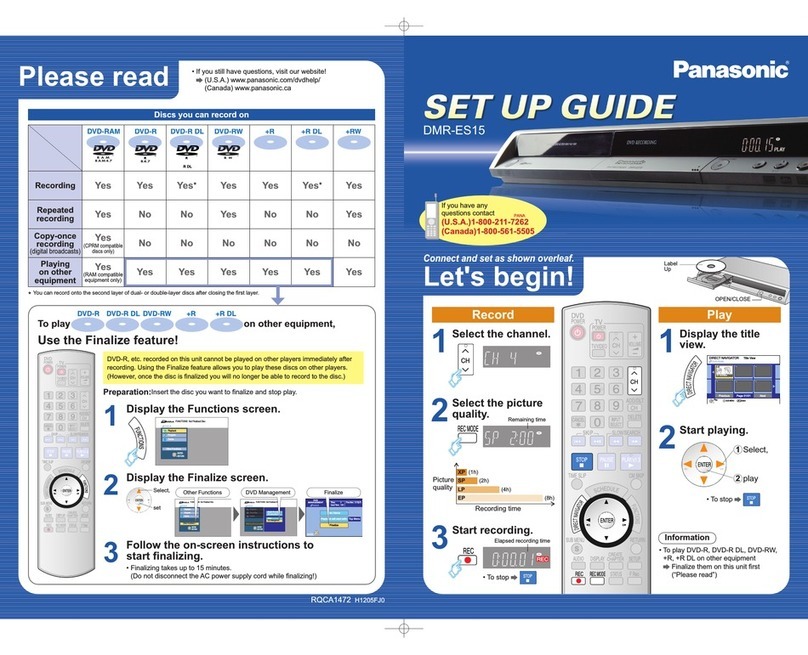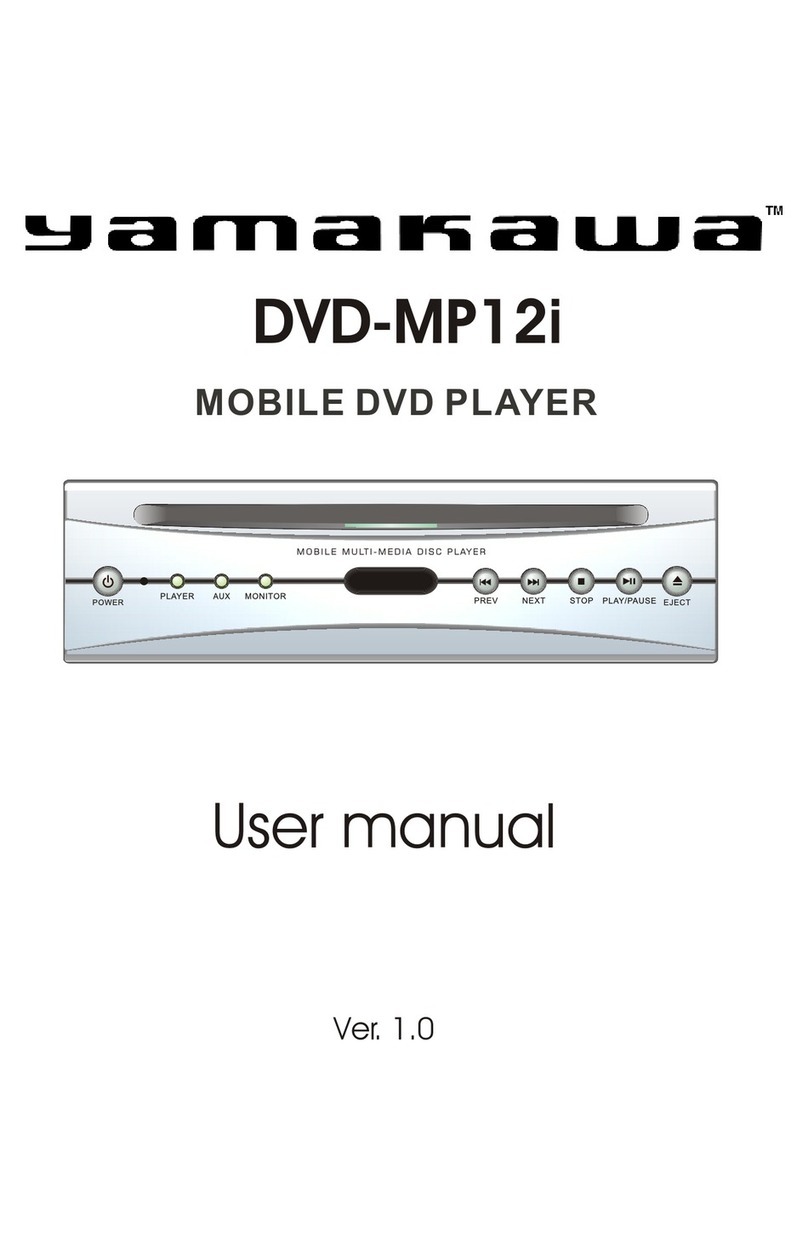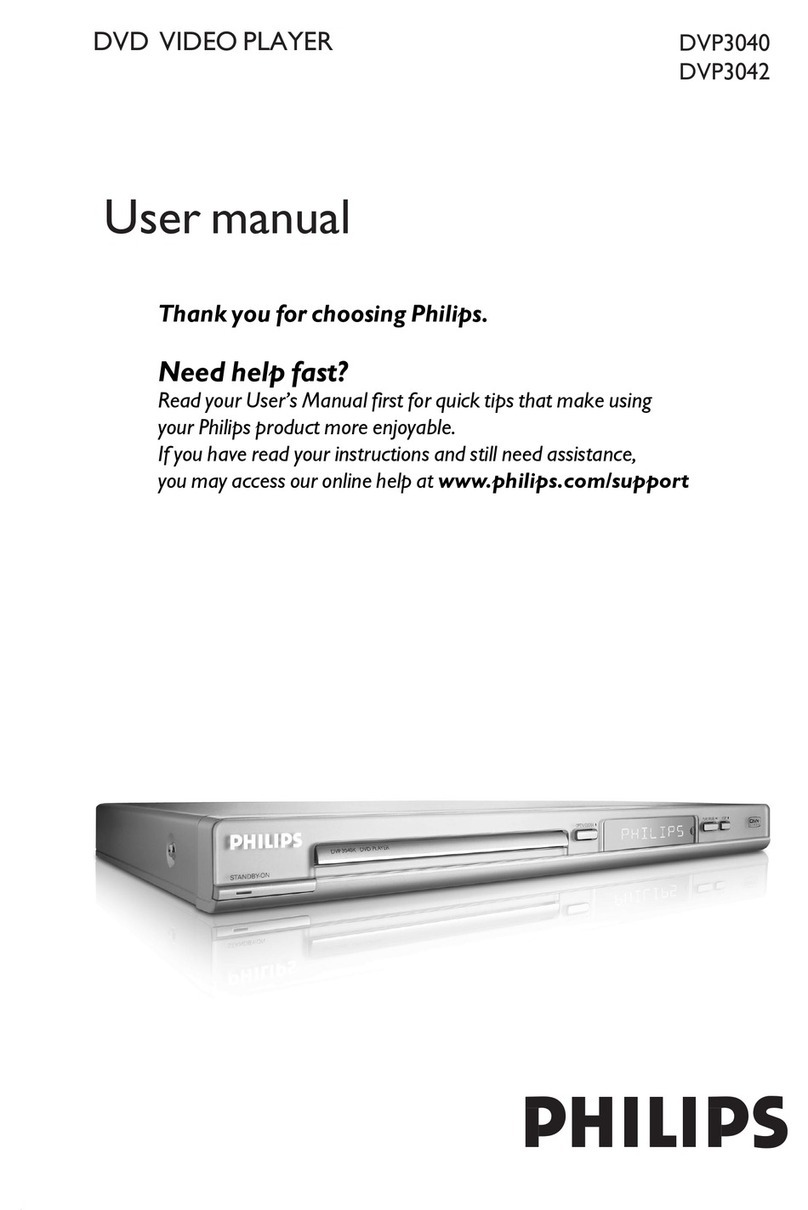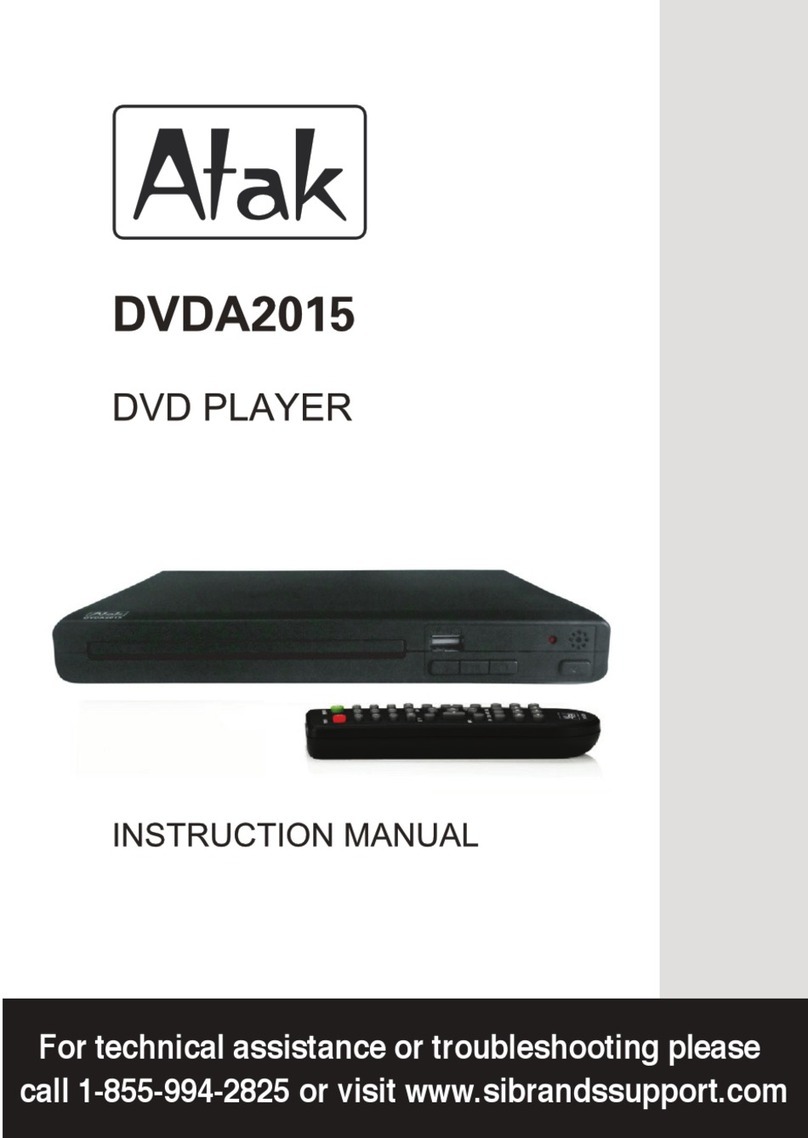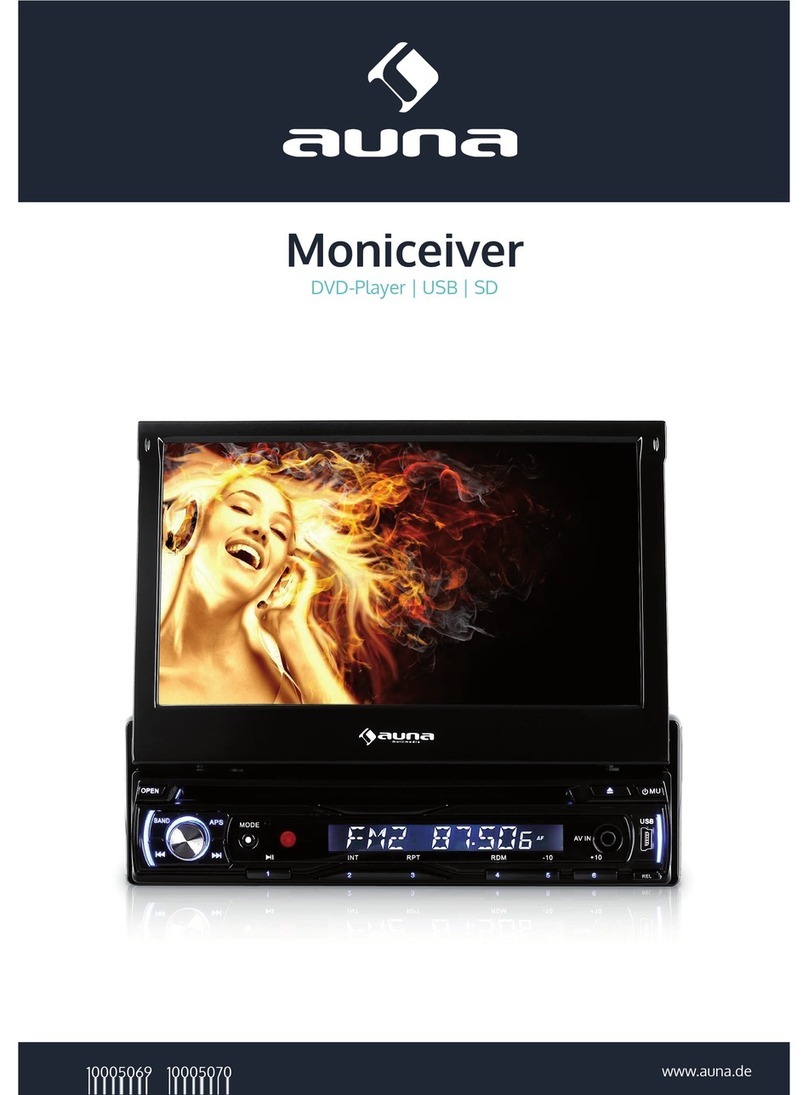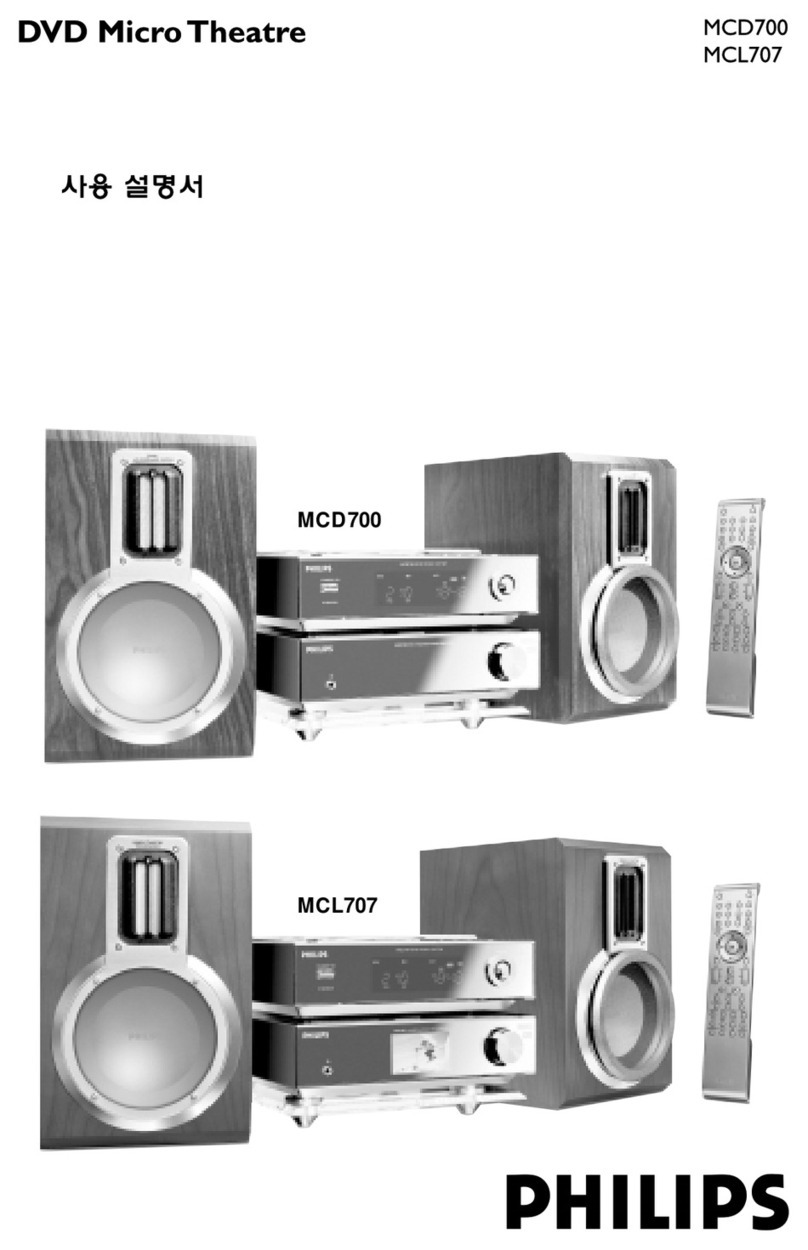
commercially available discharging ESD wrist strap, whichshould
remove electrostatic charge for potential shock reasons prior to
applying power to the unit under test.
2. After removing an electrical assembly equipped with ES devices, place
the assembly on a conductive surface such as aluminum foil, to
prevent electrostatic charge buildup or exposure of the assembly.
3. Use only a grounded-tip soldering iron to solder or unsolder ES
devices.
4. Use only an antistatic solder removal device. Some solder removal
devices not classified as "antistatic (ESD protected)" can generate
electrical charge sufficient to damage ES devices.
5. Do not use freon-propelled chemicals. These can generate electrical
charges sufficient to damage ES devices.
6. Do not remove a replacement ES device from its protective package
until immediately before you are ready to install it. (Most replacement
ES devices are packaged with leads electrically shorted together by
conductive foam, aluminum foil or comparableconductive material).
7. Immediately before removing the protective material from the leads of
a replacement ES device, touch the protective material to the chassis
or circuit assembly into which the device will be installed.
CAUTION:
Be sure no power is applied to the chassis or circuit, and observe all
other safety precautions.
8. Minimize bodily motions when handling unpackaged replacement ES
devices. (Otherwise harmless motion such as the brushing together of
your clothes fabric or the lifting of your foot from a carpeted floor can
generate static electricity (ESD)sufficient to damage an ES device).
“NOTE toCATV system installer:
This reminder is provided to call the CATV system installerís attention to Article 820-40 of the NEC
that provides guidelines for proper grounding and, in particular, specifies that the cable ground shall
be connected to the grounding systemof the building, as close to the point of cable entry as
practical.”
3. ABOUT LEAD FREE SOLDER (PbF)
Distinction of PbF PCB:
PCBs (manufactured) using lead free solder will have a printing on the PCB.
6

